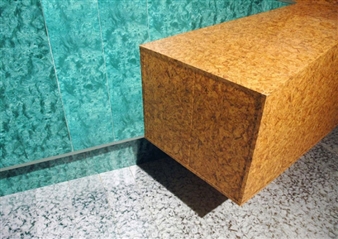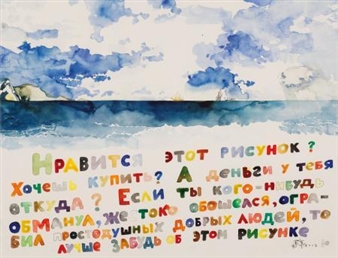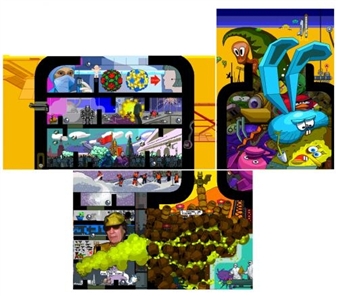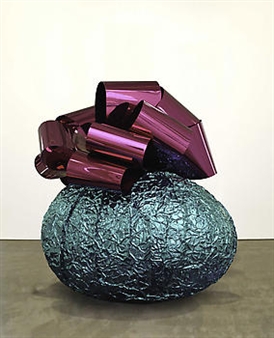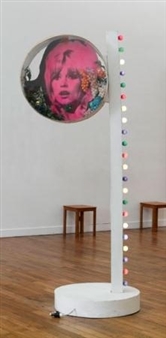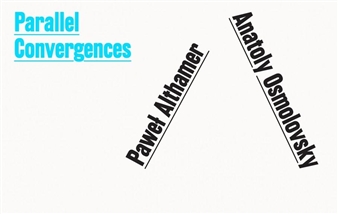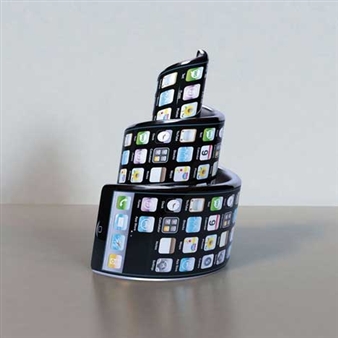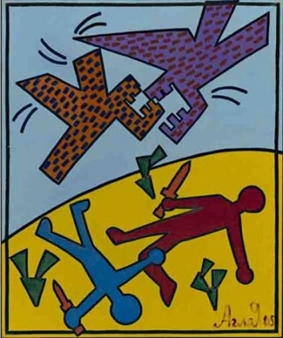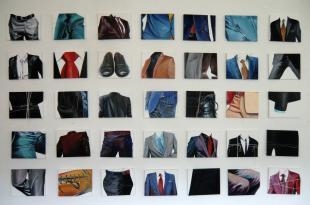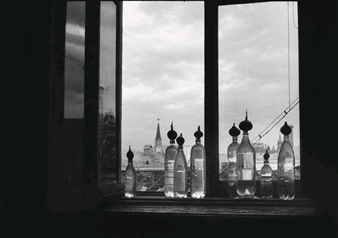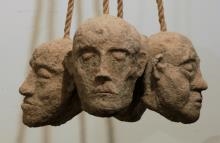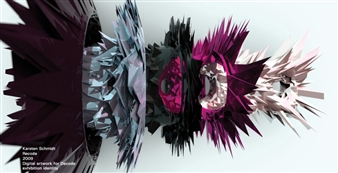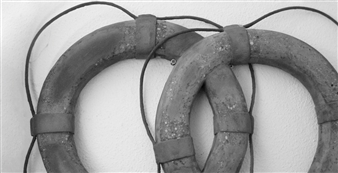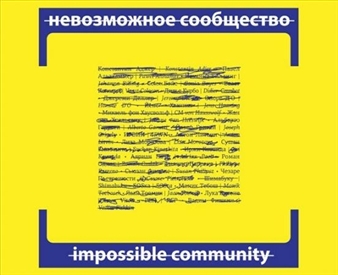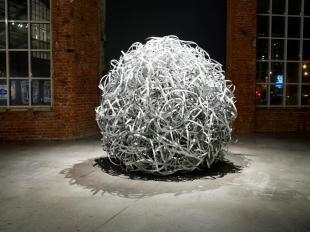Žen d’Аrt: The Gender History of Art in the Post-Soviet Space: 1989–2009
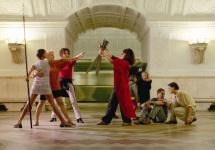
Moscow Museum of Modern Art, Saratov, Moscow, 09/11/2010 - 10/31/2010
ABOUT
The gender discourse has become one of the most fascinating subjects in post-Soviet Russia. The words ‘gender’ and ‘feminism’ appear in our vocabulary together with ‘perestroika’, ‘democracy’, and ‘pluralism’. The ruined Soviet state gives birth to some artistic practices that define these new features of the social space. They include radical actions that have received wide recognition and took their place in the history of art, as well as gender art, which the current exhibition presents, for the first time ever, as a whole artistic phenomenon. In contemporary Russian art, the strengthening of the feminine stand and the problem of gender interaction are linked to the specifics of the post-Soviet context. The Soviet policy that proclaimed equal rights for men and women led to an androgynous leveling of gender distinctions in the society. However, this held no contradiction to the ideological presentation of femininity understood as maternal function, above all. These specifics of the national context defined the traits of language, strategies and topical problems of Russian gender art of the 90s. Olesya Turkina and Viktor Masin indicate its leading role in the psychoanalytical terminology of the day: «First, the feminine position is transitive in terms of resistance to classification and bureaucratic stabilization of the dominant signifying phallus. Second, the feminine position, being hysterical, is the position of questioning — not only herself and her private space, but also the dominant discourse: what do You want from me? This very question about the wishes of the Other turns into another question about who we are.
As the overall interest towards gender art grows in the early 90s, the first feminine organizations appear and start their activities in the field of humanitarian research; among them, ‘Idioma’ (Moscow) and ‘Cyber-Femin-Club’ (Saint-Petersburg) should be named. They act as informal unions of women artists and start exhibiting without any institutional support of gender art. A row of thematic group exhibitions of male and female artists, as well as their solo projects reveal the growth of self-consciousness and the evolution of imagery and agenda of gender art. After deconstructing Soviet myths, women’s art turns to exploration of body language and traditionally feminine social practices, and to reflection upon concepts of femininity in the society of consumption; female outlook proposes a special view of the neoliberal reality.
The exhibition in the Moscow Museum of Modern Art is the first attempt at presenting and exploring the 20-year experience of Russian gender art in several stages of its brief history. The museum space favors the fragmentary reconstruction of several key exhibitions, which brings back the original context of works that form the language of gender art. The titles of the exhibition sections reflect the main terms of gender art of the period: masquerade of identities, borders of gender, reflection on cultural codes, exaltation of maternity, mental archeology, vulnerability, and so on. This thematic sectioning, together with historical documentation that accompanies the works, creates the optics for a better understanding of gender aspects of an artwork. Pieces by well-known female and male artists combine organically with projects that still stand in the shadow — together they form the multifaceted panorama of post-Soviet gender art.
For More Information
The gender discourse has become one of the most fascinating subjects in post-Soviet Russia. The words ‘gender’ and ‘feminism’ appear in our vocabulary together with ‘perestroika’, ‘democracy’, and ‘pluralism’. The ruined Soviet state gives birth to some artistic practices that define these new features of the social space. They include radical actions that have received wide recognition and took their place in the history of art, as well as gender art, which the current exhibition presents, for the first time ever, as a whole artistic phenomenon. In contemporary Russian art, the strengthening of the feminine stand and the problem of gender interaction are linked to the specifics of the post-Soviet context. The Soviet policy that proclaimed equal rights for men and women led to an androgynous leveling of gender distinctions in the society. However, this held no contradiction to the ideological presentation of femininity understood as maternal function, above all. These specifics of the national context defined the traits of language, strategies and topical problems of Russian gender art of the 90s. Olesya Turkina and Viktor Masin indicate its leading role in the psychoanalytical terminology of the day: «First, the feminine position is transitive in terms of resistance to classification and bureaucratic stabilization of the dominant signifying phallus. Second, the feminine position, being hysterical, is the position of questioning — not only herself and her private space, but also the dominant discourse: what do You want from me? This very question about the wishes of the Other turns into another question about who we are.
As the overall interest towards gender art grows in the early 90s, the first feminine organizations appear and start their activities in the field of humanitarian research; among them, ‘Idioma’ (Moscow) and ‘Cyber-Femin-Club’ (Saint-Petersburg) should be named. They act as informal unions of women artists and start exhibiting without any institutional support of gender art. A row of thematic group exhibitions of male and female artists, as well as their solo projects reveal the growth of self-consciousness and the evolution of imagery and agenda of gender art. After deconstructing Soviet myths, women’s art turns to exploration of body language and traditionally feminine social practices, and to reflection upon concepts of femininity in the society of consumption; female outlook proposes a special view of the neoliberal reality.
The exhibition in the Moscow Museum of Modern Art is the first attempt at presenting and exploring the 20-year experience of Russian gender art in several stages of its brief history. The museum space favors the fragmentary reconstruction of several key exhibitions, which brings back the original context of works that form the language of gender art. The titles of the exhibition sections reflect the main terms of gender art of the period: masquerade of identities, borders of gender, reflection on cultural codes, exaltation of maternity, mental archeology, vulnerability, and so on. This thematic sectioning, together with historical documentation that accompanies the works, creates the optics for a better understanding of gender aspects of an artwork. Pieces by well-known female and male artists combine organically with projects that still stand in the shadow — together they form the multifaceted panorama of post-Soviet gender art.
